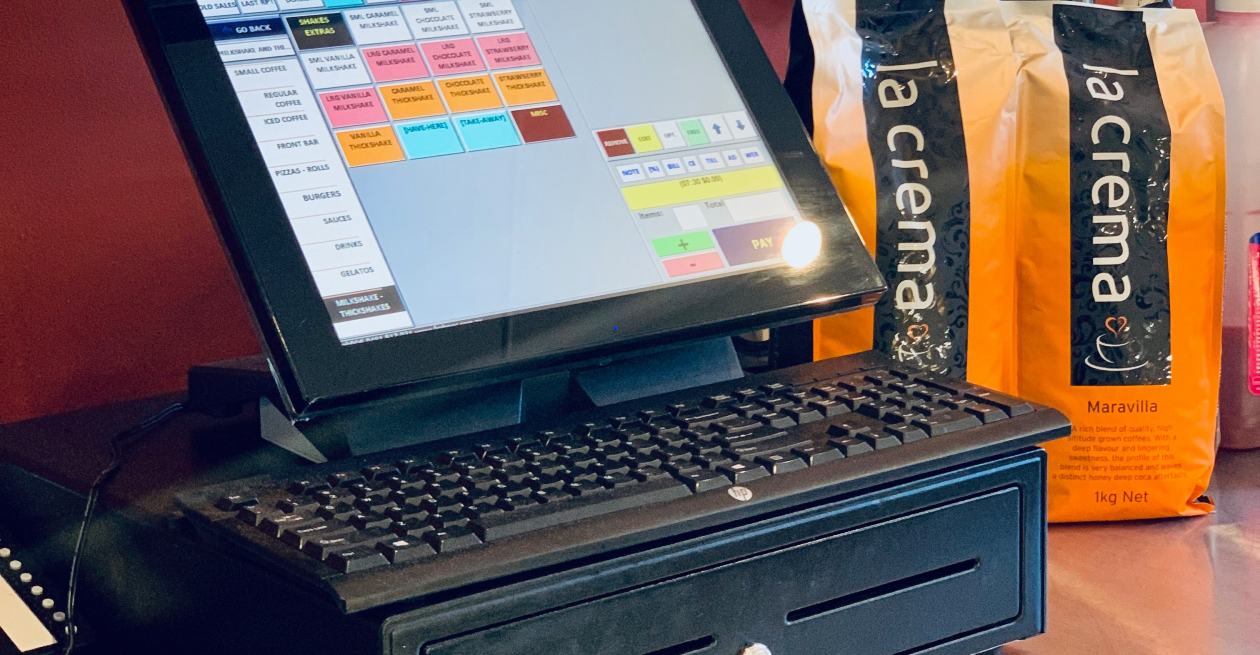Seven Common Mistakes to Avoid When Implementing New Technology
3 Min Read By Greg Staley
The restaurant industry is in a revolution—or evolution—in its relationship to technology. Operators are looking for tools and systems to give them a competitive advantage, whether that’s by meeting customer wants or getting your labor numbers just right.
However, as the number of tools available to restaurateurs expands, and the capabilities of technology also grow, it’s critical to be thoughtful about what software you select and how you implement it. Here are seven common mistakes you should avoid when looking at new restaurant technology.
Not Planning Ahead
It’s easy to become so excited about a new initiative that you jump into looking at various vendors without a plan. This is a recipe for disaster. Plan carefully before contacting vendors and getting swept up in a sales cycle. Make lists of your must have and nice to have features and understand who needs to be involved. Once you’ve selected your vendor, work collaboratively with them to create a realistic rollout plan to ensure you get the value out of your investment.
Not Engaging the Right People
We know the old “too many cooks in the kitchen” adage, and, while that’s true, neglecting to include key teams when making decisions about technology will also make for a frustrating implementation. If you never had an end user walk through how the product should be used, you may have missed a crucial step in their process and will now need to find a workaround. So, think carefully about including people along the spectrum that will be affected by this change. This includes end users, IT, internal managers, and whoever else may have a stake in the change.
Choosing Based on Hype Instead of Need
It can be easy to get caught up in the hype around a hot name but take a step back and think about whether the vendor you’re considering actually has all the features you need. The last thing you want is to get halfway implemented and realize a critical tool is missing. Refer back to the list you made when planning and stick to the list you know you need.
Neglecting Integrations
As you build out a fuller tech stack, you must have your solutions integrated. No software is able to do everything you want, but the solutions should be able to “talk” to each other to give you a holistic look at your data and performance. Piecing together vendors and hoping they’ll work will end in frustration. Find out ahead of time that each system talks to the other systems it needs to.
Avoiding Change Management
Although change is inevitable, it’s also inevitable that your employees will drag their feet about it. So, don’t leave change management up to a hope and a prayer. Explain to your employees why you’re changing or adding a new technology, emphasizing ways in which it positively affects their day-to-day jobs. Understanding what’s in it for them—such as faster closing, easier schedule management, or better staffing—goes a long way toward convincing reluctant employees.
Not Thinking About Training
It doesn’t matter how great your new platform is if employees can’t use it. Ask if your potential vendors offer training and what that looks like and prepare internally for how you’ll roll that out to the end users. Whether you use an internal or external team, training is critical to ensuring user adoption and getting the most of the investment you just made.
Assuming Security Is Strong
A whopping 108.9 million accounts were breached in the third quarter of 2022, a 70-percent increase vs the previous quarter. Therefore, you can’t afford to take security for granted. Restaurants are handling transactions, processing payroll, transmitting information between systems, and more on an hourly basis. Even the information you don’t store is processed through these vendors and you must know their security is strong.
The restaurant industry is in the midst of major technological changes, which is good. The vendors available today will make work easier for your employees, better meet the needs of your customers, give you strong data with which to make decisions, and more. However, to get the ROI you think you’re getting, you also need to use care when selecting and implementing new vendors. Planning ahead to avoid common pitfalls will pay dividends in the long run.


